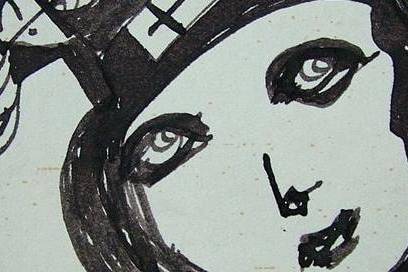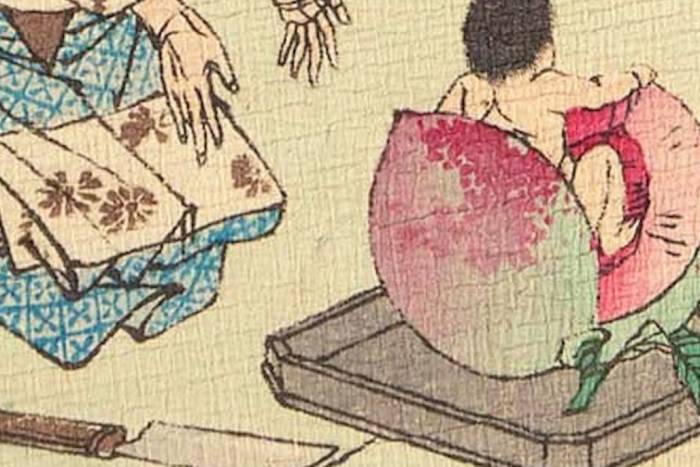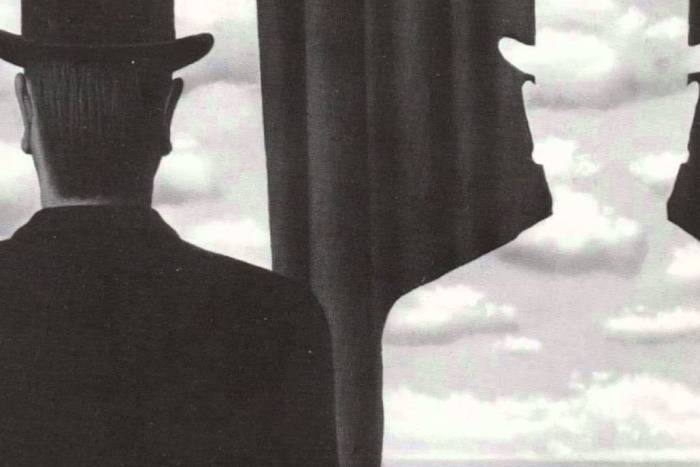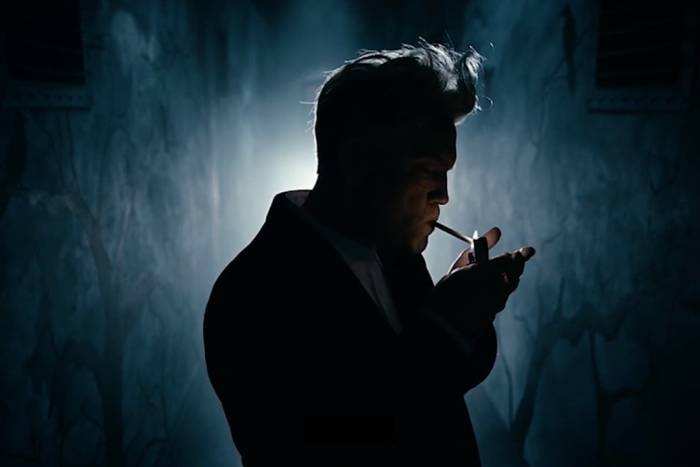A Dazzling Sculpture of Lucifer at Home in a Gothic Cathedral
In the Liège Cathedral, a representation of Lucifer in marble insinuates the radiant beauty of a fallen angel.
As a beautiful representation of Lucifer was then inadmissible, in 1848 it was discarded and replaced. Curiously, the replacement overflowed with an unusual beauty, too. Perhaps it was too much to be condemned again, so it didn’t meet the same ends as its predecessor and it remains there even today, in the Cathedral of Liege in Belgium.
Dedicated to Saint Paul, the radiant Gothic enclosure is ornamented, as is so often the case with the cathedrals of the time, with an allegorical parade of the sacred; stained glass and the figures of saints. But unlike others, at Liège is included one who stands out for his tormented beauty. The “Genius of Evil” (Le génie du mal), the title given this Luciferian representation, is from the sculptor, the Belgian, Gillaume Geefs.
We can suppose that the reason for commissioning a sculpture of Lucifer, and then to house it within a cathedral, was to take advantage of the suffering, after that abysmal fall, as a reminder to favor moderation and submission. The problem, though, is that the piece blazes with such beauty that it ends up indirectly praising desire.
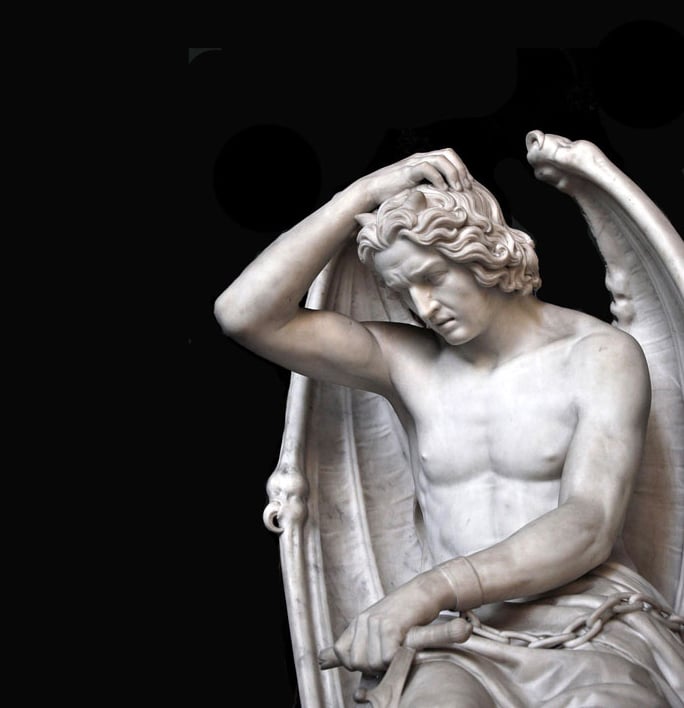
A few details, clearly symbols, differentiate this Apollonian figure in marble from those who, in contrast, enjoy the favor of God. His right ankle is shackled to the ground. Near his foot, the toes of which are pointed, a bitten apple lies next to a truncated scepter – and this is capped with an astral motif, a reference to Lucifer as the “morning star.” The wings belie an animal’s anatomy, similar to those of gargoyles or bats. Finally, a pair of horns appears amidst his hair, an allusion to the physiology of Satan but that allude to traditional religious iconography in which are indicate rays or points of light.
The figure of Lucifer is a convergence of a myriad of archetypal facets. It’s a mix that includes, among other original substances, rebellion, and transgression, the profaning of the divine, the abyss, damnation, the origin of light and the beauty of mystery. As a character, he is, in essence, “dazzling.” His name means the bearer of light. The piece in Liège thus confirms, in its implacable marble and its plausible anatomy, charms that its very synthesis radiates, and which transcend creeds or morals.
*Images: Luc Viatour
Related Articles
Pictorial spiritism (a woman's drawings guided by a spirit)
There are numerous examples in the history of self-taught artists which suggest an interrogation of that which we take for granted within the universe of art. Such was the case with figures like
Astounding fairytale illustrations from Japan
Fairy tales tribal stories— are more than childish tales. Such fictions, the characters of which inhabit our earliest memories, aren’t just literary works with an aesthetic and pleasant purpose. They
A cinematic poem and an ode to water: its rhythms, shapes and textures
Here lies One Whose Name was writ in Water. - John Keats Without water the equation of life, at least life as we know it, would be impossible. A growing hypothesis holds that water, including the
Watch beauty unfold through science in this "ode to a flower" (video)
The study of the microscopic is one of the richest, most aesthetic methods of understanding the world. Lucky is the scientist who, upon seeing something beautiful, is able to see all of the tiny
To invent those we love or to see them as they are? Love in two of the movies' favorite scenes
So much has been said already, of “love” that it’s difficult to add anything, much less something new. It’s possible, though, perhaps because even if you try to pass through the sieve of all our
This app allows you to find and preserve ancient typographies
Most people, even those who are far removed from the world of design, are familiar with some type of typography and its ability to transform any text, help out dyslexics or stretch an eight page paper
The secrets of the mind-body connection
For decades medical research has recognized the existence of the placebo effect — in which the assumption that a medication will help produces actual physical improvements. In addition to this, a
The sea as infinite laboratory
Much of our thinking on the shape of the world and the universe derives from the way scientists and artists have approached these topics over time. Our fascination with the mysteries of the
Sharing and collaborating - natural movements of the creative being
We might sometimes think that artistic or creative activity is, in essence, individualistic. The Genesis of Judeo-Christian tradition portrays a God whose decision to create the world is as vehement
John Malkovich becomes David Lynch (and other characters)
John Malkovich and David Lynch are, respectively, the actor and film director who’ve implicitly or explicitly addressed the issues of identity and its porous barriers through numerous projects. Now

